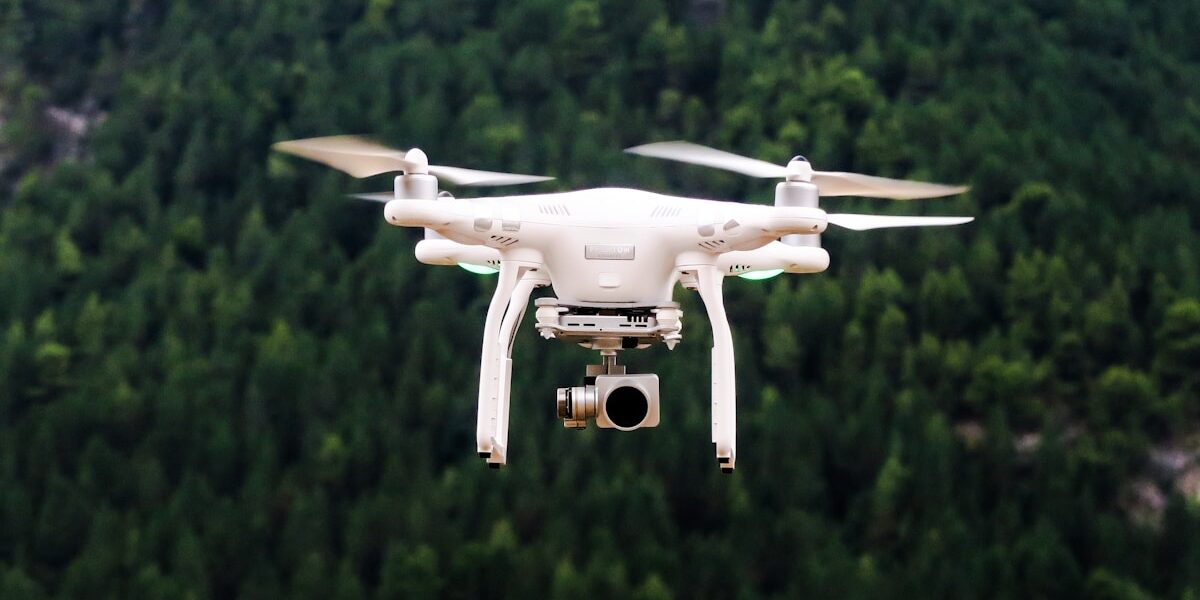Understanding UAS Flight Logs
Unmanned Aerial Systems (UAS), commonly known as drones, have seen a massive increase in

Unmanned Aerial Systems (UAS), commonly known as drones, have seen a massive increase in
Subscribe for Updates
Get the latest articles delivered to your inbox.
We respect your privacy. Unsubscribe anytime.